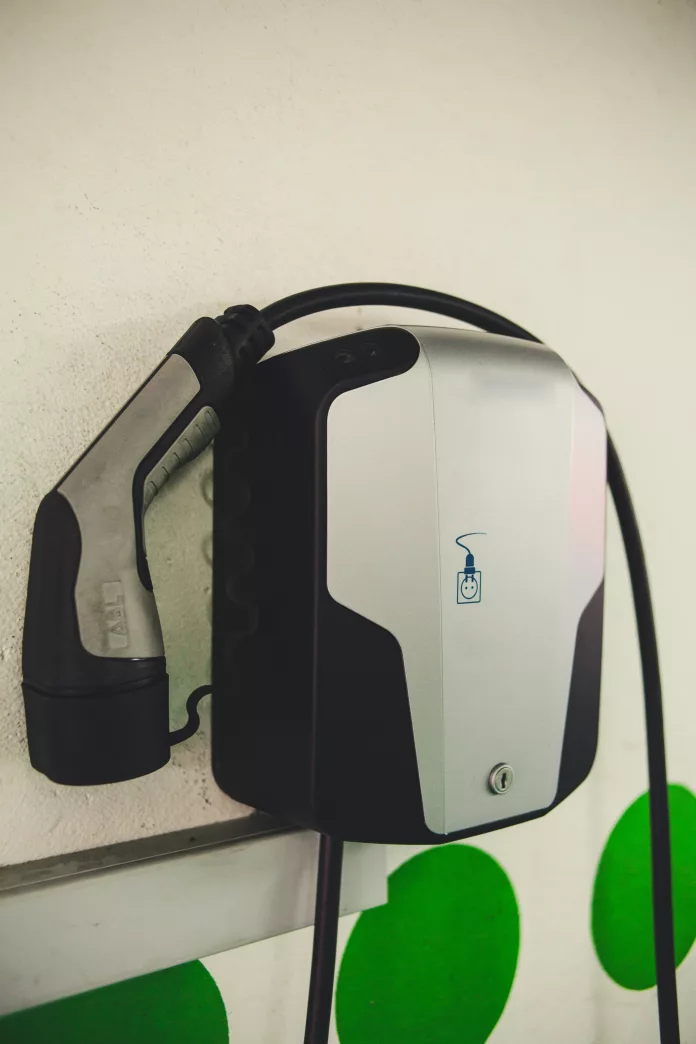Anyone who’s attempted range testing electric vehicles knows it’s fraught with challenges. As someone who has extensively driven EVs like the 2018 Nissan LEAF, I’ve had my fair share of inconveniences—ranging from close calls to complete roadside battery depletions.
On the Road to a Dead Battery
There was the time I ventured from Phoenix to El Paso, before the proliferation of Electrify America stations. A night at an RV park in Arizona led to a hypermiling adventure ending at another RV park in New Mexico, short by a mere half-mile. A push from some helpful strangers and steering efforts by my wife got us to a power pedestal in the nick of time.
On a different occasion, the strategy was to bypass Willcox, Arizona, aiming straight for Tucson from a less-than-ideal RV park in New Mexico. In a moment of navigational misjudgment, I pulled into the wrong lot, and my LEAF expired frustratingly close to the charger—a brick wall between us and power. Once again, it took a team effort to maneuver our electric steed to the charging station.
The third noteworthy drain happened alarmingly close to home, leaving me stranded on a highway two miles out, with a tow truck as the only solution. The vehicle sat lifeless in the driveway, recharging while I caught some sleep.
A New Approach to Testing EV Range
Following these episodes, full range tests have lost their appeal for me. Instead, I now adopt a method of gauging efficiency under various conditions and estimate usable battery capacity. But then, Out of Spec Reviews introduced an innovative mobile charging method that, while not exceptionally eco-friendly, presented a practical solution for gathering crucial range data without the associated ordeals.
They assembled a portable charging station by coupling a large diesel generator with a small Level 3 charger, which could be towed by an electric truck. This setup enabled them to test the limits of a Cybertruck, Rivian R1T, Silverado EV, and F-150 Lightning by driving each until it shut down entirely, effectively measuring the true useable range and the buffer beyond the dashboard’s zero point.
Real-World Findings from Rigorous Testing
The results, divulged early in their analysis, painted a clear picture of EV performance versus expectations. The Silverado EV, with its hefty battery, demonstrated impressive, albeit EPA-short, range. The Rivian was a close second, nearly hitting its EPA estimate. Meanwhile, the Cybertruck hit its target at around 300 miles, with the F-150 Lightning trailing slightly behind, also missing EPA projections. Such findings underscore the discrepancy between EPA ratings and real-world conditions, legitimizing the need for practical testing.
In the exercise, conducted along the roads of Wyoming and Nebraska, each vehicle faced its demise in varied and sometimes precarious locations. The F-150 and R1T ended their journeys on the interstate’s shoulder, necessitating the mobile diesel generator for a safe rendezvous with conventional chargers. The Cybertruck bowed out on a side road, while the Silverado EV required a strategic maneuver to a safer pull-off point for diesel charging intervention.
Of particular interest was the Silverado EV’s near parity with a previously tested Lucid—suggesting a need for back-to-back testing under identical conditions to crown a true “range king.”
Technical Hurdles and Resolutions
Not everything went smoothly, especially for the Cybertruck, which required a jump-start due to its 48v system shutdown—a process complicated by a frunk that wouldn’t open without power. As for the Silverado, an enigmatic refusal to engage gears post-charge necessitated an electronic reset via battery disconnection—a testament to carrying a handy 10mm wrench for Chevrolet EV owners.
This intriguing and resourceful testing approach by Out of Spec Reviews, while informative, illustrates scenarios that the average, cautious EV driver would likely never encounter.


























